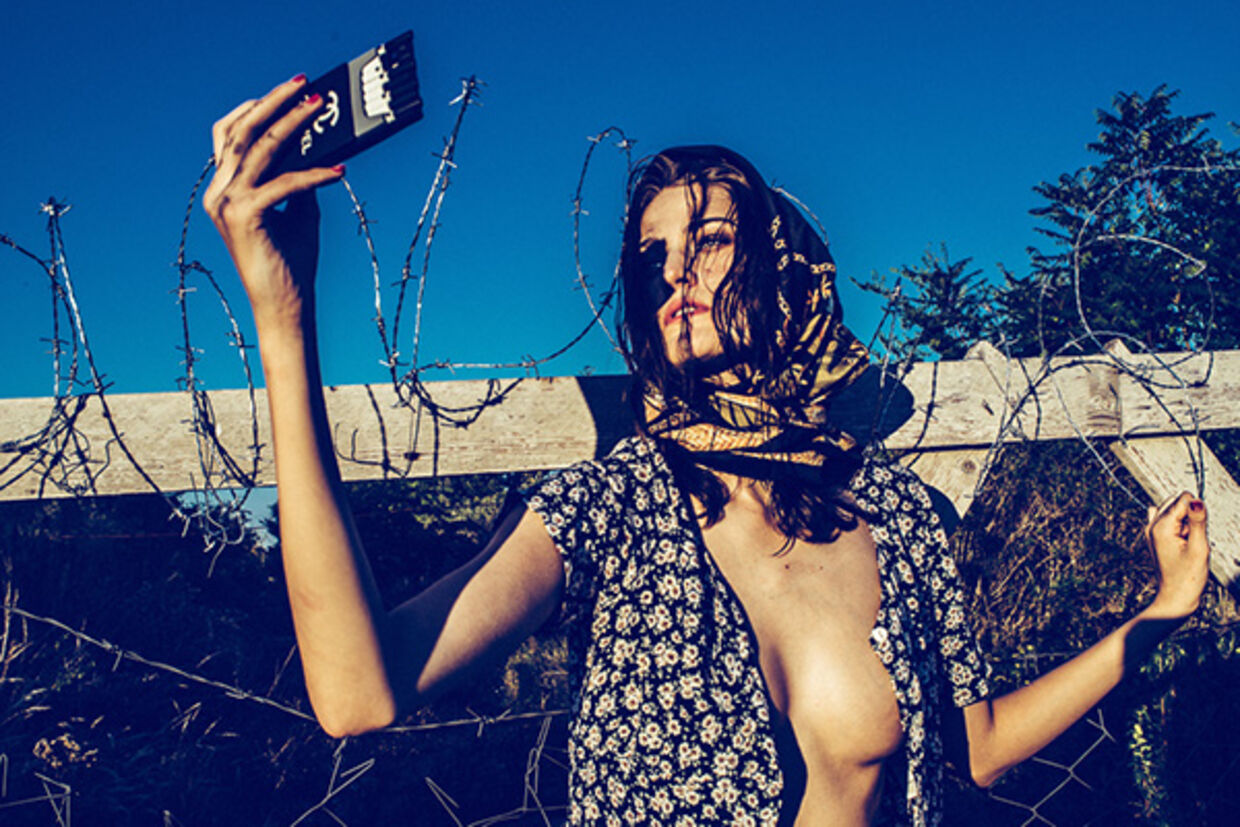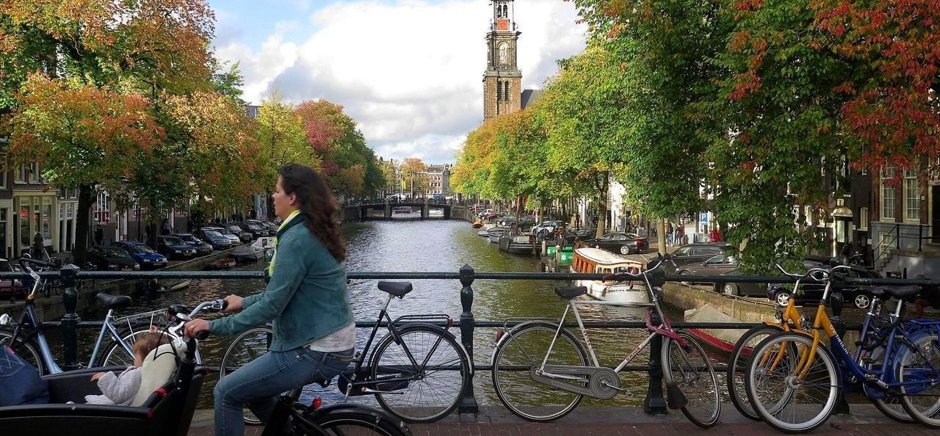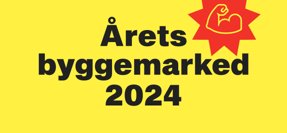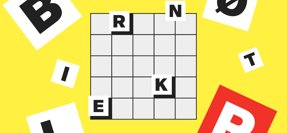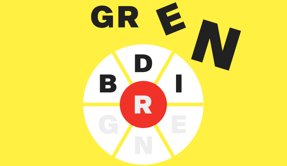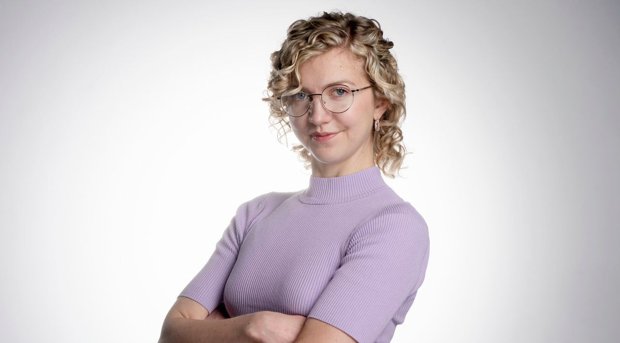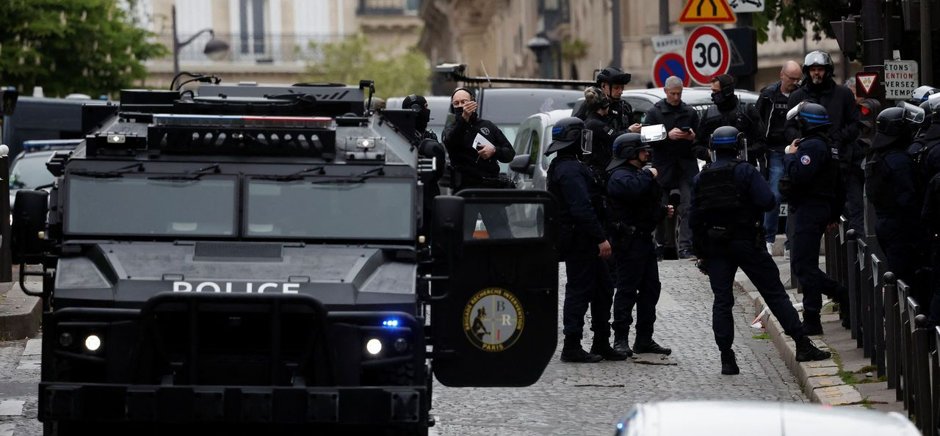Den ungarske modefotograf Norbert Baksa er havnet i et sandt uvejr efter billedprojektet 'Der Migrant' er blevet offentliggjort.
Billederne er inspireret af den aktuelle flygtningesituation, og de viser en model, der poserer langs et pigtrådshegn, som var hun en flygtning.
Og det har skabt vrede og debat på Twitter, hvor flere mennesker udtrykker deres forargelse over billederne.
Norbert Baksa, der arbejder som freelancefotograf for modemagasinerne Elle og Cosmopolitan, arbejdede sammen med fotografen Monika Jablonczky, der poserer ved pigtrådshegnet iført halstørklæde og smartphone. Der er også billeder af en betjent, der forsøger at trække modellen væk.
Debatten på Twitter er ikke gået fotografens næse forbi. Hans forklaring går på, at billederne skal bidrage med noget andet end det, medierne skildrer. Målet har været at vise, hvor kompleks flygtningesituationen er.
»Til dem, der har sagt, at jeg er dum, kan jeg kun sige, at de skal se problemet fra forskellige vinkler. Ud fra nyhedsdækningen er det meget svært at forstå, hvorvidt disse mennesker faktisk er flygtninge, eller om de er noget andet. Det her er præcis, hvad vi ønskede at skildre. Du ser en lidende kvinde, som også er smuk og på trods af hendes situation, har hun høje kvaliteter, når det gælder udseende og smartphone,« forklarer Norbert Baksa ifølge ibtimes.com.
På Twitter skriver han yderligere, at ’Der Migrant’-projektet handler om at vise flere sider af flygtningekrisen. Det handler både om, at der er mennesker, der flygter for at redde livet, men det handler også om, at der er migranter eller endda terrorister, der opfører sig aggressivt, mener han.
»Målet har ikke været at fornærme flygtninge eller andre, men at vise dobbeltheden i mediernes nyhedsdækning,« skriver Norbert Baksa.
Herunder uddyber fotografen, hvilke intentioner han har haft med projektet.
'I usually refuse to deal with political topics, but this situation affects the daily lives of virtually everybody in Hungary.
Regarding the reactions, I hoped people would realize that the situation is very complex and see that they are taking stands based on partial or biased information. I do not understand how people can take a clear stand (pro or con) while we are flooded with contradictory information through the media, so no one has extensive knowledge of the situation as a whole. This is exactly what we wanted to picture: you see a suffering woman, who is also beautiful and despite her situation, has some high quality pieces of outfit and a smartphone.
Fortunately, many people have grabbed the meaning of the material and appreciate it for what it is meant to mean. On the other hand, loads of people react from their viewpoint without trying to understand the meaning of the message. These people find the pictures offending, but we never meant to offend anybody, but rather to draw the attention to the complexity of these people’s problem. During the shooting, we did our best to respect people’s faith and conviction and not to cross certain boundaries.
The shooting is not intended to glamourize this clearly bad situation, but rather, as said above, to draw the attention to the problem and make people think about it. Artists around the world regularly attract the public’s attention to current problems through ‘shocking’ installations and pictures. This is another example of such art.
To people who said I am stupid, I can only say they should examine the problem from different angles, all the more that they do not live in Hungary, so they do not experience it first hand. It is very difficult to understand from the news coverage whether these people are indeed refugees or something else.
We chose the title to be in German for several reasons. First and foremost, Germany is the leading power of the European Union and most migrants wish to live in Germany. Choosing the masculine form while picturing a woman also points out the fact that the issue of migrants can be and is viewed in different manners, some will see refugee families with small children fleeing for their lives, while others only see masses of riotous migrants or even terrorists attacking police and representing a threat on our societies.
I expected extreme reactions, but the photo series is precisely intended to make people with extreme opinions stop for a minute and examine the issue from another standpoint instead of making quick judgments, especially since reports are most of the time biased in one way or the other, so virtually nobody can see the big picture. We tried to highlight this fact. We were certain that some people would regard the material as a provocation, but we also hoped people would realize the background thoughts I also shared on my website.
My Hungarian background influenced the photos in that I live in Hungary, I see the issue on a daily basis, pro and con. I met people from both sides and realized how differently they see the issue. What I mostly do not appreciate is the expression of extreme opinions without having all the exact information.
By using the article DER while figuring a woman on the pictures, we wanted to highlight that people get subjective information from the media, but the actual situation is completely different. With the photo series, we wanted
to hold a mirror to the media; the pictures were taken based on photographs already published in the media, that is what we reproduced! The series features pictures that awake both pro and con feelings.
The series is not a stand, neither pro nor con and we did not mean to offend anybody; we can only hope that negative extreme judgments regarding this topic will subside.'
